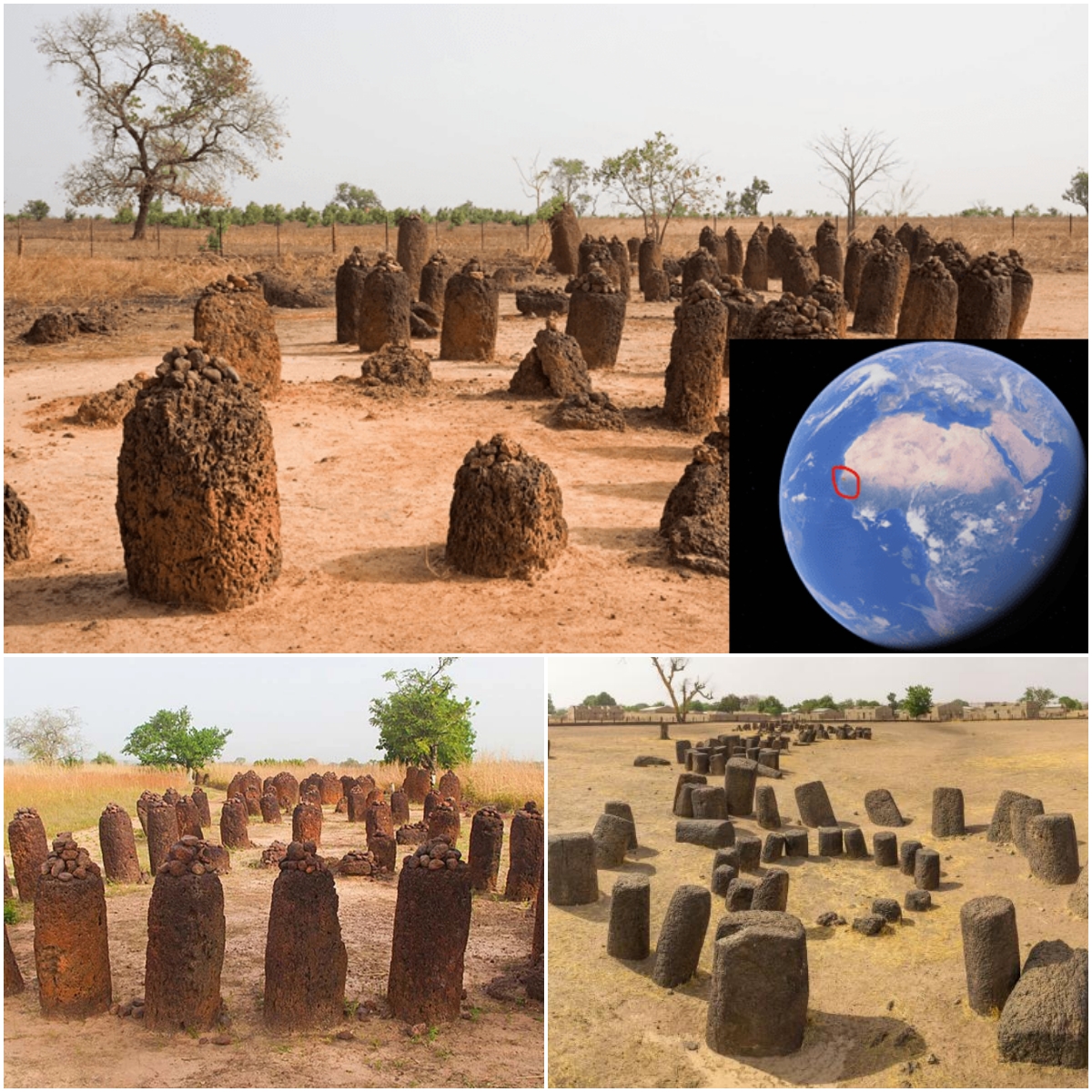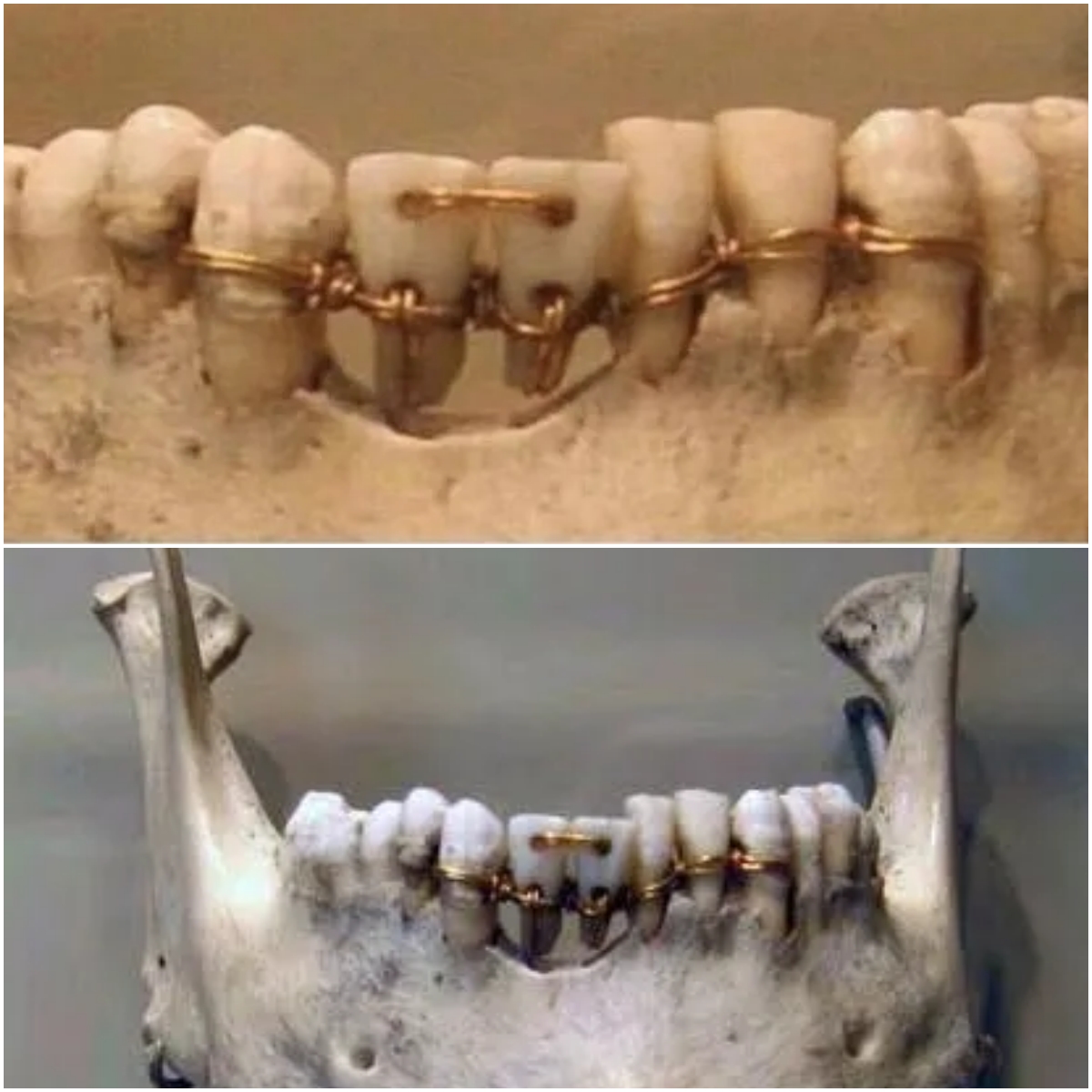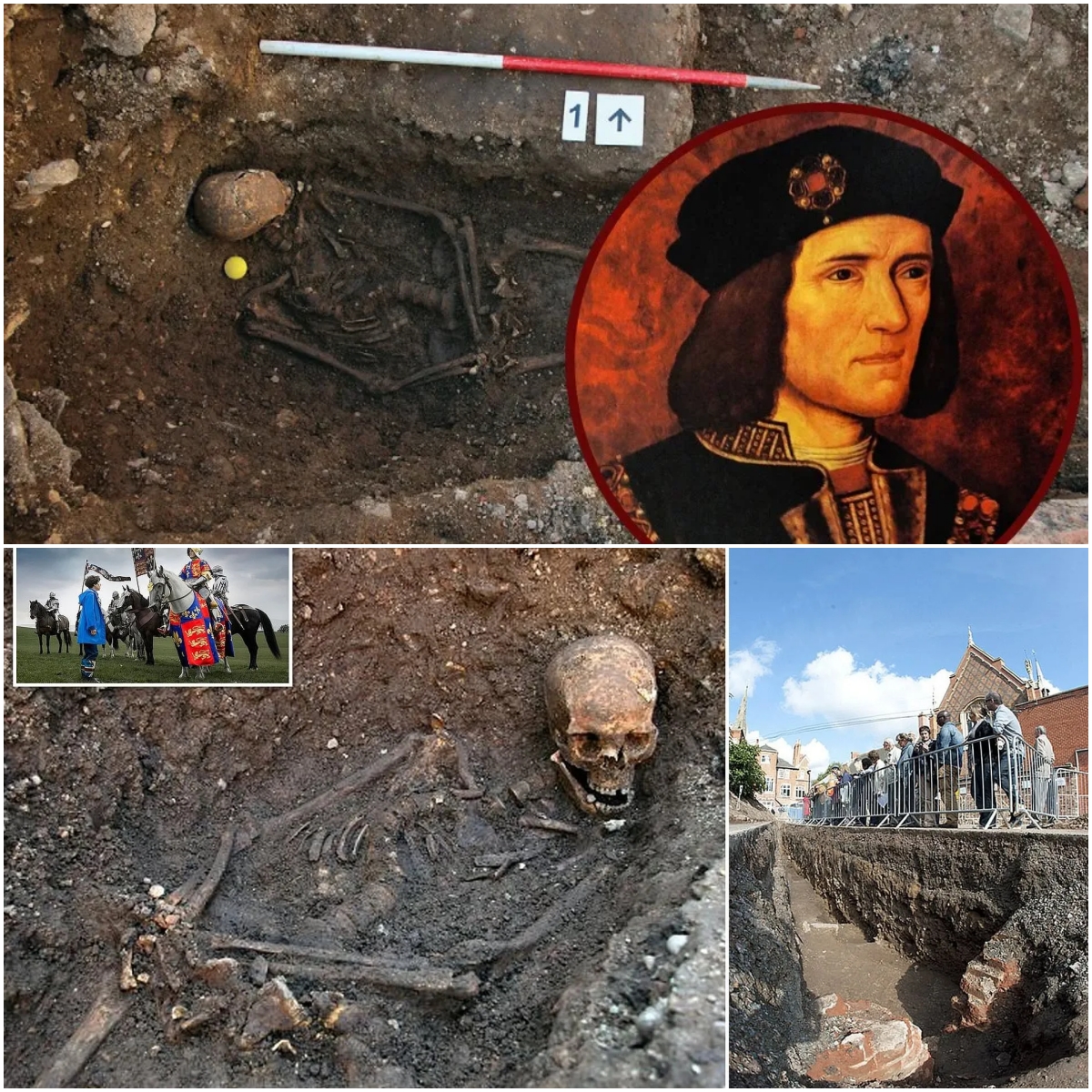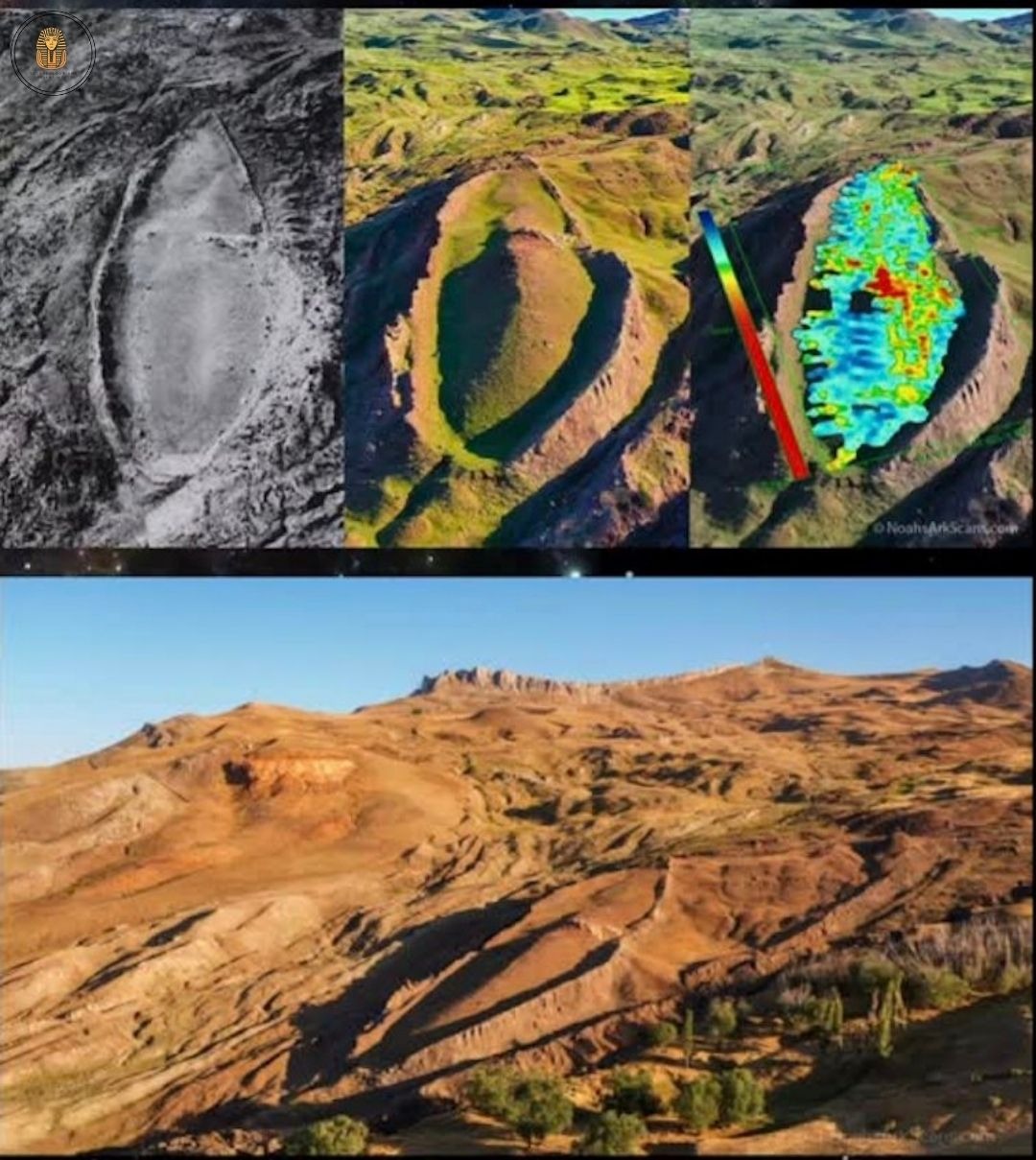Minoan Ingenuity: A 3,700-Year-Old Sanitation System Surprises Historians
Located on the island of Crete and built by the advanced Minoan civilization around 1700 BC, the Palace of Knossos contains remarkable technological innovations far beyond its time. One of its most impressive features was an advanced plumbing system that included something truly extraordinary: a working flush toilet with a wooden seat.
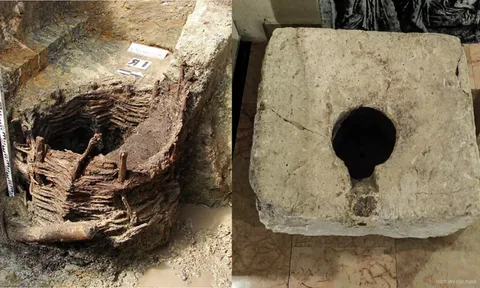
This toilet was connected to a complex network of drainage pipes that carried waste away from the palace – an engineering feat that would not be repeated until the modern era. The drainage system also managed rainwater and distributed clean water throughout the complex, demonstrating the Minoans’ remarkable understanding of hydraulics and sanitation.
The Minoans’ technological advancements in plumbing were not just practical but also contributed to their high standard of living. The existence of such an advanced system indicates a society that prioritized cleanliness, hygiene, and comfort. This early innovation paved the way for future developments in sanitation and urban planning, influencing later civilizations such as the Romans, who further improved upon these concepts.
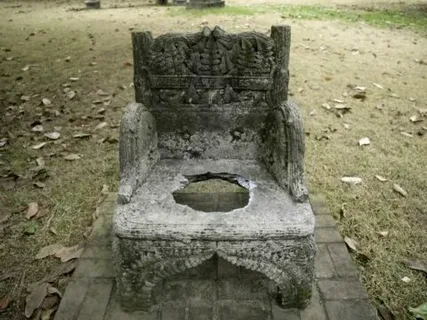
Archaeological discoveries at Knossos continue to reveal insights into the ingenuity of the Minoans, showcasing their ability to create sophisticated infrastructure that was centuries ahead of its time. Their achievements remain a testament to human ingenuity and the drive to improve daily life through engineering and design.
Additionally, the palace featured an extensive system of aqueducts and clay pipes, ensuring a steady supply of fresh water to its inhabitants. This system was not only used for drinking and bathing but also contributed to the functionality of the toilet and other sanitation facilities. Such innovations highlight the Minoans’ deep understanding of environmental management and public health, which were essential for maintaining a thriving civilization.

Beyond their plumbing advancements, the Minoans also demonstrated expertise in architecture and urban planning. The palace at Knossos was a sprawling complex with multiple levels, grand staircases, and elaborately decorated rooms. It served as the political, economic, and religious center of Minoan society, reflecting the civilization’s sophistication and influence over the Aegean region.
The art and artifacts found at Knossos provide further evidence of the Minoans’ refined lifestyle and advanced craftsmanship. Frescoes depicting scenes of daily life, marine themes, and religious rituals adorn the palace walls, offering glimpses into their vibrant culture. Pottery, tools, and jewelry recovered from the site reveal a society engaged in extensive trade with neighboring civilizations such as Egypt and Mesopotamia.
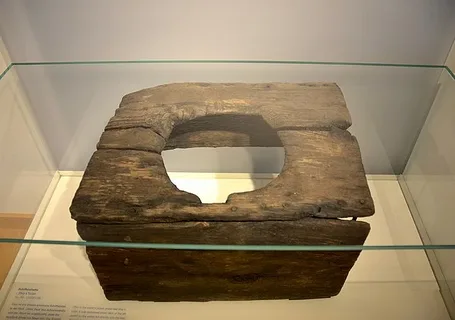
Overall, the Palace of Knossos stands as a remarkable example of ancient innovation, with its sophisticated plumbing system being one of many testaments to the Minoans’ ingenuity. Their advancements in sanitation, architecture, and urban planning not only enhanced their quality of life but also laid the groundwork for future civilizations to build upon. The legacy of Knossos continues to inspire modern archaeologists and historians, providing invaluable insights into the brilliance of the ancient world.


